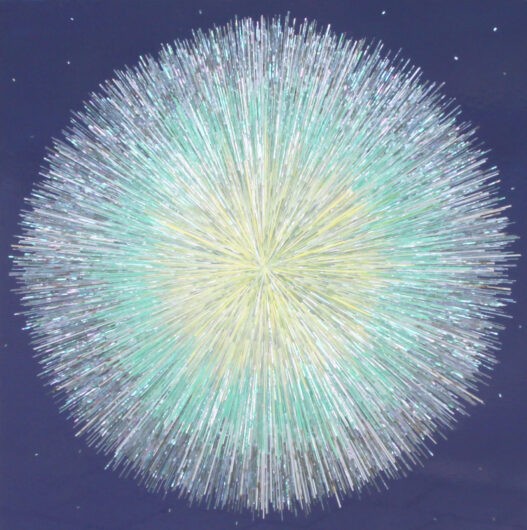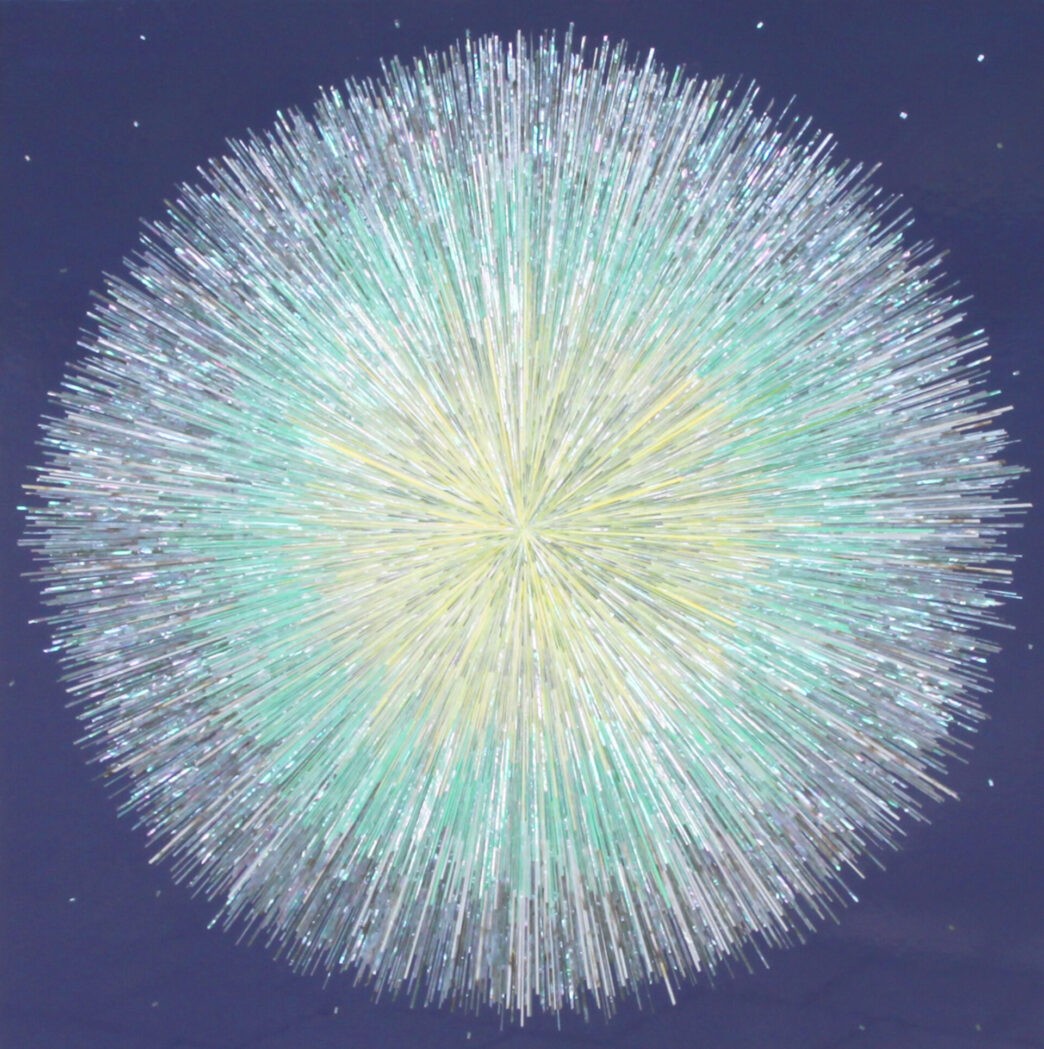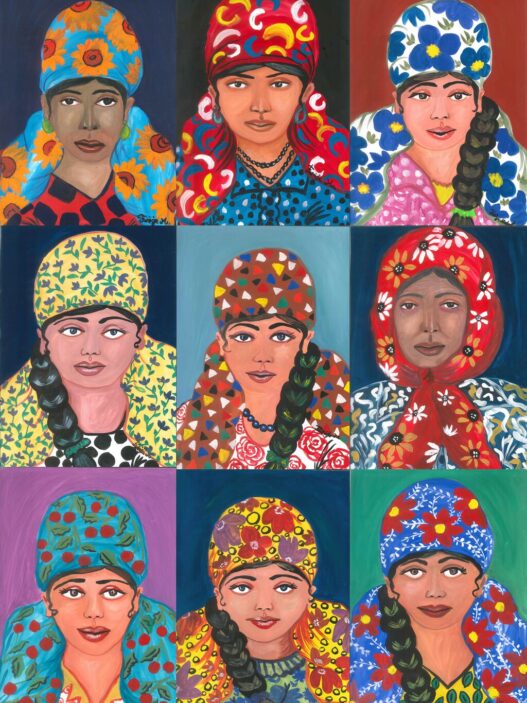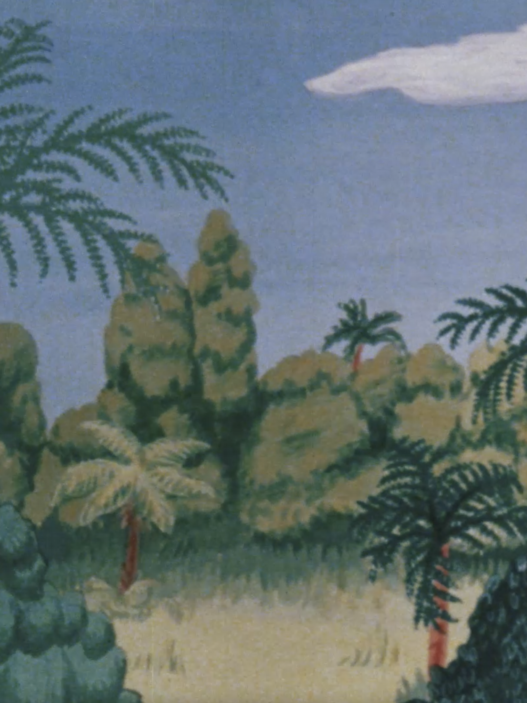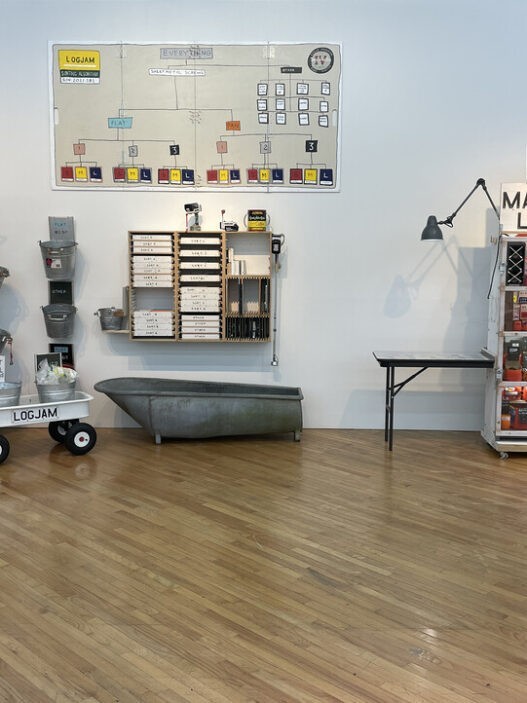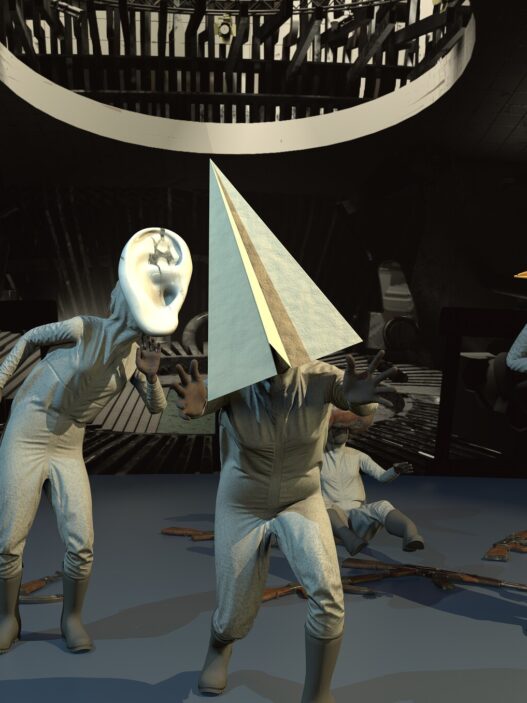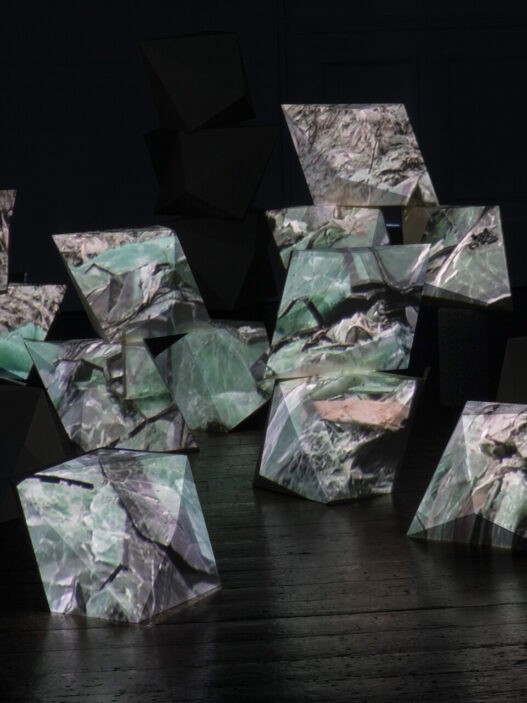July 6 – August 7, 2022
The Park Chul | Jeong Hyun-Sook exhibition is proudly being presented by Dirimart in association with Gallery Dado. Dado, which has been making contributions to the Korean contemporary art scene since 1994, suggested two well-known artists from its roster to show their work in Istanbul for the first time. Dirimart gathers a collection of recent works by the artists in order to begin a cultural exchange with Seoul, which has one of the most vibrant art scenes in existence today.
Park Chul mimics straw mat surfaces in his abstract compositions by using natural dyes and the Korean paper-making technique known as Hanji. Here, the artist is looking for the aesthetics of surfaces that have disappeared as a result of the quick changes in Korean culture. Chul’s paintings, which reflect the spirituality of Korean cultural traditions, reveal the emotional attachment he felt to the commonplace items that are often forgotten and abandoned. He strives to capture the beautiful rhythm of existence in the Ensemble series.In order to convey an eco-friendly, natural feel, he uses natural dyes primarily made of indigo (blue), nutgall (purple), and safflower (red) pigments, while the violin serves as a symbol of Western influence on Korean modernization and serves as a metaphor for the coexistence of the Eastern and Western worlds.
Light, which is said to give life in myth and in reality, is what Jeong Hyun-Sook is motivated by. Humans have a long tradition of using metaphysical methods to try to comprehend and define the life force. Her abstractions in the current exhibition, which were inspired by the vase, another significant piece of Korean culture, interact with her acrylic paintings with mother-of-pearl lines. Mother-of-pearl, a lovely material for decorative arts, is painstakingly juxtaposed by the artist, causing the surface to interact strongly with light and viewing angles. Her works embody these notions and perceptions of beauty from various eras, things, and aspects while expressing a modern viewpoint.
After receiving modern Western fine arts education, both artists began developing their artistic styles, concentrating on how to connect the past and present through the interpretation of cultural symbols. They present a perspective on the much debated issue of where to place the history of modern art in their inaugural exhibition at Dirimart in Istanbul.
Park Chul (b. 1950, Korea) has been recognized as one of today’s most outstanding Korean Hanji artists for his distinctive methods giving modern interpretations to traditional Korean paper, straw matting, and wooden tablets with decorative designs, in pursuit of new aesthetics and new expressions. He uses Korean paper and printed and handwritten pages of old books, as well as ethnic, nostalgic items. His themes, such as tradition, Korean characteristics, the body, labor, persistence, sweat, breath are all derived from scenes of his daily life since childhood. Chul’s solo exhibitions include the Gallery Dado, Seoul (2019); Cube Art Museum, Seongnam (2018); Gallery Juliana, Seoul (2017); Youngeun Museum of Contemporary Art, Kwangju (2014) and Gallery Sun, Seoul (2009). His group exhibitions include Leeungno Museum, Daejeon (2020); Museum SAN, Kangwon-do (2015); Gorcums Museum, The Netherlands (1999) and The 17th São Paulo Biennale (1983). Chul’s works have been included in prominent collections such as the The National Museum of Contemporary Art, Seoul; Seoul Metropolitan Museum of Art; Pusan Metropolitan Museum of Art; Walkerhill Art Museum, Seoul; Sungkok art Museum, Seoul; Youngeun Museum of Contemporary Art, Gyeonggi-do; Hongik Museum of Contemporary Art, Seoul; Park Soo Keun Museum of Art, Kangwon-do; Seosomun Shrines History Museum, Seoul; Korean Embassy in Sweden, Thailand, Russia, Germany, and Indonesia. He lives and works in Seoul.
After specializing in Western painting in her undergraduate study at the Ewha Womans University, Jeong Hyun-Sook (b. 1956, Korea) carried on her graduate studies at the University of Pennsylvania. Her practice particularly echoes profoundly impressed sounds through a minimal application of gold, silver and copper dusts, which is a manifestation of an esoteric phenomenon of the process of life from cradle to grave. The artist uses naturally iridescent materials, such as mother-of-pearl, to capture the eternity of light on canvas. The traditional qualities of these materials, which can be found in Nageon-Chilgi lacquerware and objects, solidify the historical transcendence of light that the artist is trying to capture. Her works have been exhibited in various institutions and galleries such as Jeollanamdo Okgwa Art Museum (2018); Dado Art Gallery, Seoul (2017); Sungkok Art Museum, Seoul (2001); Lee Gallery, Berlin (2010); Sejong Museum of Art, Seoul (2005) and Insa Art Center, Seoul (2006); and have been featured in international art fairs around the world. Her paintings are acquired by major Korean art collections such as the National Museum of Contemporary Art, Seoul Museum of Art, and the Sammlungen Collection. She lives and works in Seoul.
DİRİMART DOLAPDERE
Irmak Caddesi 1-9
34440 Dolapdere İstanbul
+90 212 232 66 66









